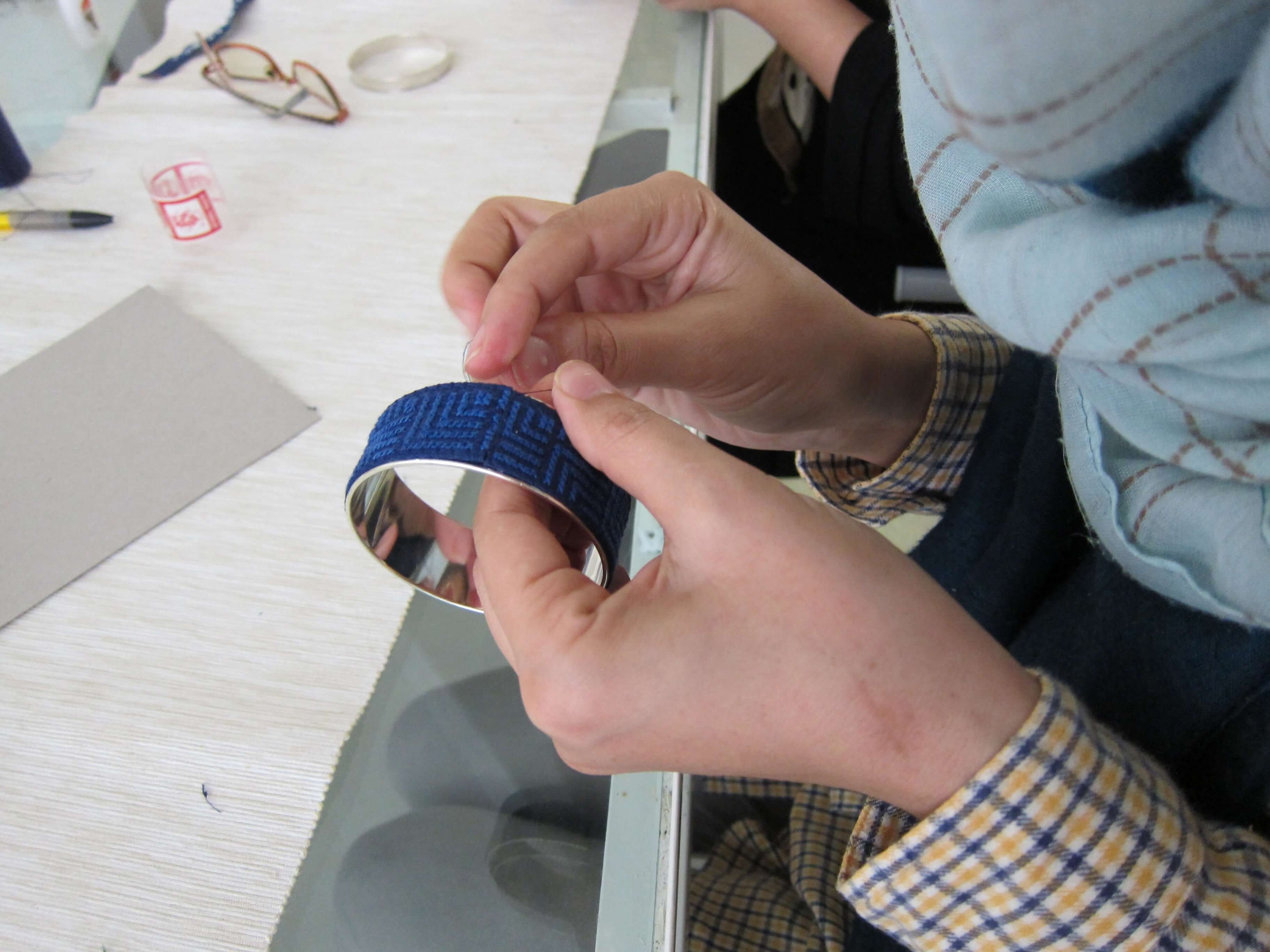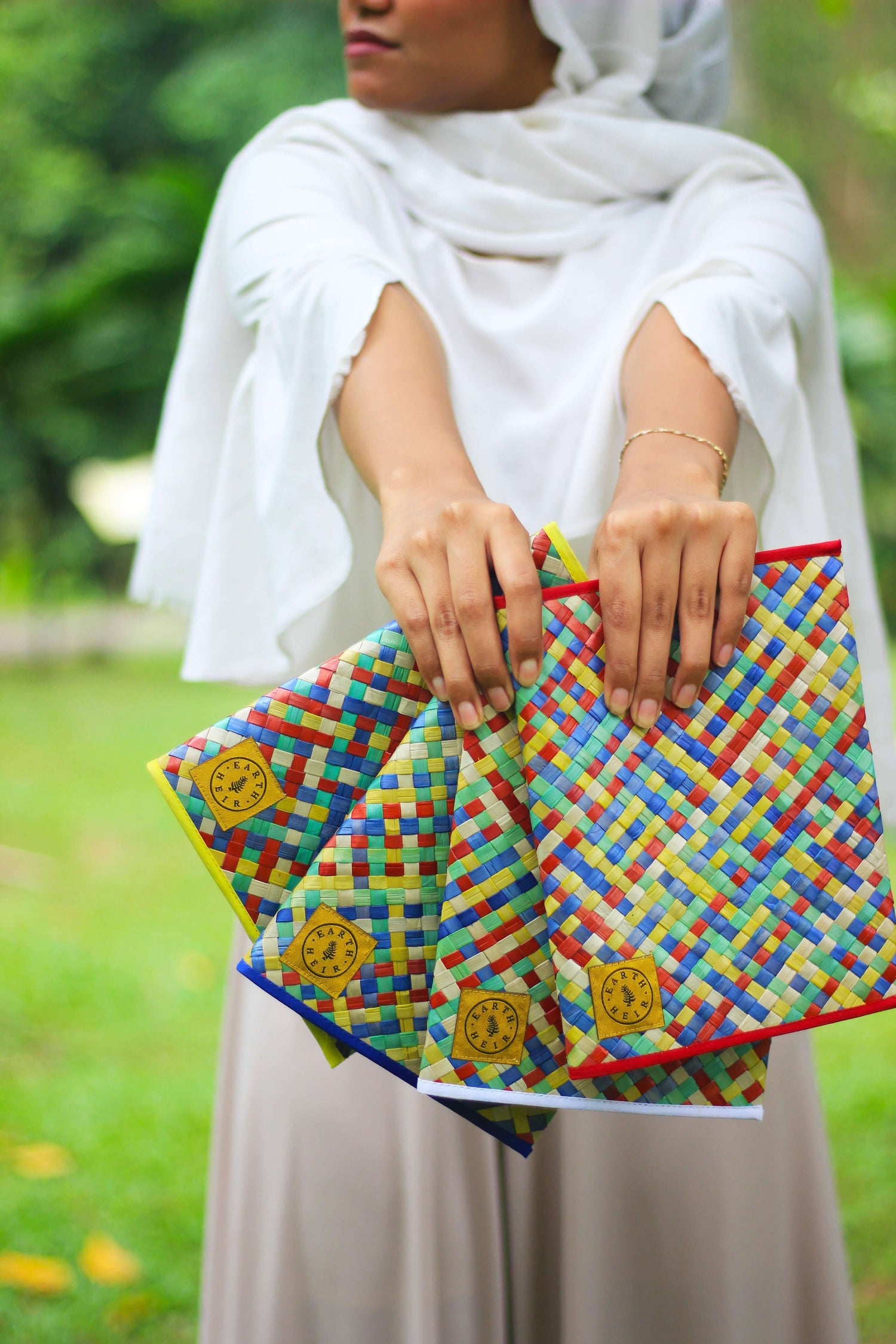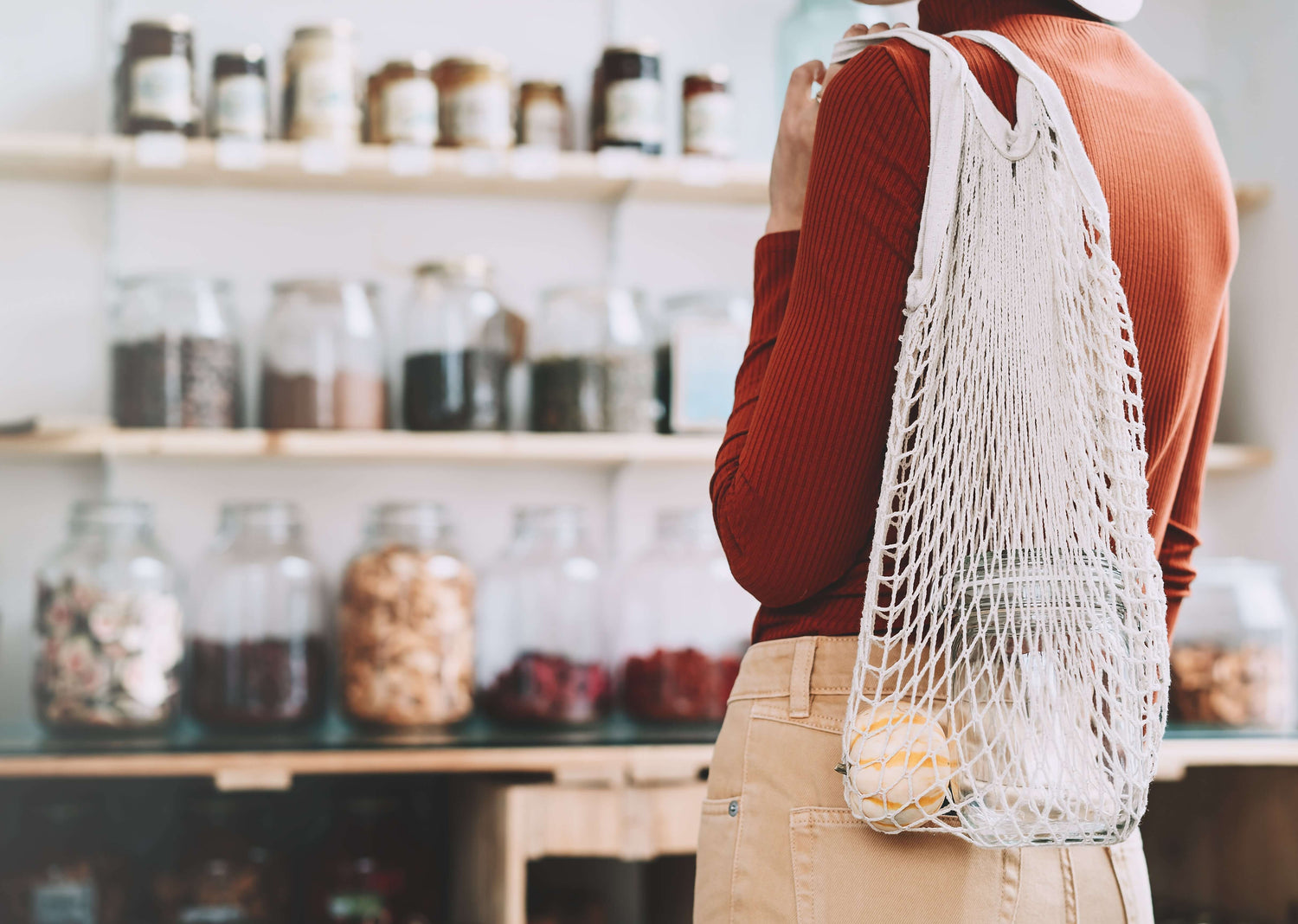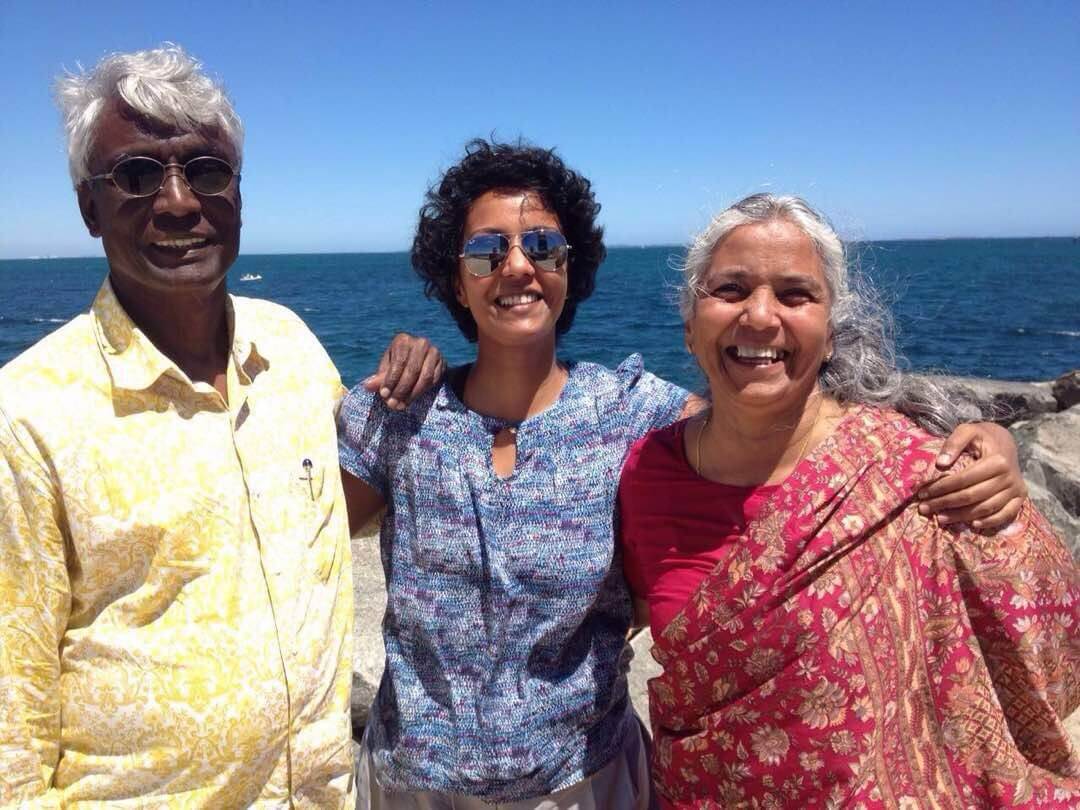Written by Joanne, MADE51 Project Manager
Foreword: The MADE51 project is a global UNHCR initiative to give refugee artisans the opportunity to earn income and restore their sense of self-determination, and Earth Heir is one of the handful of piloting social enterprise partners for this project. A few days ago, we released the full Earth Heir X MADE51 refugee-made jewellery collection.
Truthfully, I came into this as a blank canvas, armed only with the fervent hope that my passion and tenacity would make up for my youth and inexperience. This experience has been humbling and empowering, and it is an honour to share this with you.
- Interacting with refugee artisans
What these women have in common is that they have all had struggles that you or I may never fully understand. They have had to flee their homes and leave everything behind. In Malaysia, these women and their families have no legal status, and they wait an average of 13 years before they are permanently resettled by the UNHCR in a country more welcoming to asylum seekers. These years of waiting, they have no security and no idea where the light at the end of the tunnel is. What does this mean? It means that these women are incredibly strong women.
How should I be interacting with them? I wanted to get to know them as people, not as a refugee who just so happened to be part of a project that I was also part of. I wanted to be a friend to them – and that means getting know if their children were happy at school, if a father-in-law was unwell in hospital, to share in their joys and burdens.
However, I worried about overstepping my boundaries, and about asking questions that could be hurtful to some of these women who may still be recovering from their experiences. I learnt that relationships are built on trust, and trust comes with time. It seems obvious now, but for someone else to open up to you, you also need to open yourself up to them. There is so much room to be sensitive and open, without trespassing into the territory of being pushy or patronising. Perhaps someone older, wiser or worldlier would know instinctively, but this was something that I had to figure out as I went along.
2. Paying artisans fairly
The inviolable core of this entire project is that all refugee artisans are paid fairly for their work. Fair Pay, a simple concept that gets very complicated in execution. Who decides what’s a fair wage to pay to our refugee artisans? How is it decided?
The widely accepted model, which is also the model endorsed by the UNHCR, is that artisans are paid per hour. The hourly rate will be a living wage based on the country of the artisan’s residence. Say, a refugee artisan living in Malaysia will have to be paid a higher rate per hour for the same work done by a refugee artisan living in Burkina Faso, because Malaysia has a much higher cost of living.
This all makes sense, until you realise that the same piece of embroidery takes one artisan 8 hours, and another artisan 13 hours. What now? Skilled artisans who are able to complete a piece faster should never be penalised for their skill. Observe the wide range of artisans to figure how much time it reasonably takes to finish a piece of work to good quality. What this means is that you can bump up the amount paid to some artisans who have been taking less time because they are more experienced and more highly skilled, and necessarily, have to cut the amount paid to some – such that every artisan is paid the same amount for the same piece of work.

Another difficult narrative to explain is that not 100% of the retail price goes to the artisan. There are material and related shipping costs, product development and sampling costs, training costs, the necessary retail mark up by third party wholesale buyers; the list goes on and on. These are all building blocks to a sustainable model so we can really scale this project, and reinvest profits into training more artisans, and impacting more lives.
3. Rejecting substandard work
Just a few days ago I had to reject almost the entirety of a (thankfully, small) batch of work from an artisan, with whom we’ve had one of the longest standing relationships with. Rejecting work is something I found impossible to do in the beginning, and something I still struggle to do.
If I got a batch of 500 machine-printed tote bags from a supplier, and 400 of them had printing errors, I would reject these 400 bags without batting an eyelid. But when there is a human behind the substandard piece of work, it is a wholly different situation. How do I turn down work that someone has spent hours on, especially with the knowledge that the artisan and her family could really need the payment that month?
I’ve had to keep telling myself that I am helping these women are earn a living through their craft. We want to be restoring their sense of self-determination, not passing on charity handouts. This is the only real, sustainable way of impacting their lives. By letting my heart do the talking would actually be doing all the artisans we work with a disservice, as it would muddle the standard that they can refer to. It would also compromise the long-term sustainability of the project. The right thing to do is to sit down with the artisan who presented the substandard work to make sure she understands where she went wrong, so when she makes a new piece I can pay her for it.

Clear expectations must be set from the start, otherwise it would be unfair.
4. Challenges build our mettle
Some of the artisans we work with already make cross stitch products to sell at local bazaars. It would have been an easy way out to use the knowledge they already had, to work with the materials they were already familiar with, to make products that they were already making, to deal with suppliers that they were already buying materials from.
But, in our hearts we (Earth Heir, and the artisans!) knew that we wanted to create something new, and in this way creating some sort of value. We shared a vision of how we wanted specific pieces to be, and we knew that what was already being made at the moment wasn’t living up to what we envisioned. We had to experiment with new techniques, new processes. The materials were not quite right, so we had to work out through trial and error what the right materials were and where to find them in Malaysia. We met with bitter failure over and over again, and many a time we asked ourselves, “why are we doing this the hard way?”

Now, looking at our beautiful jewellery line, we feel something special. To someone looking from the outside, it may be just that – a beautiful collection of jewellery. To us, it represents far more. It represents unwavering dedication, trust in one another, tears of frustration shed, and ultimately, sweet success.
---
So, onward and upwards! We are still working hard on scaling production – right now 27 artisans have gone through training, but only a small handful are able to produce work of consistently good quality. Over the next few months we need to invest further in training to get the others up to a good standard, so that they also have a chance to earn income. Watch this space :)





